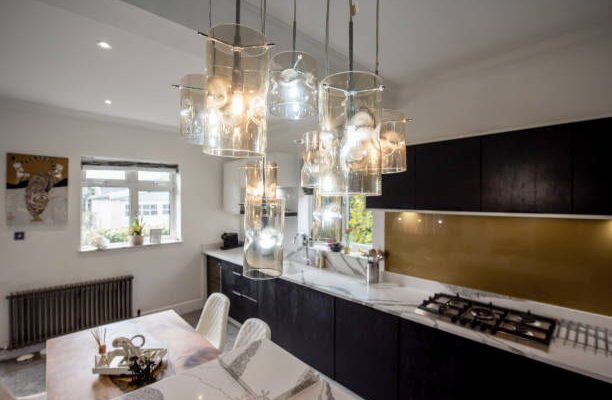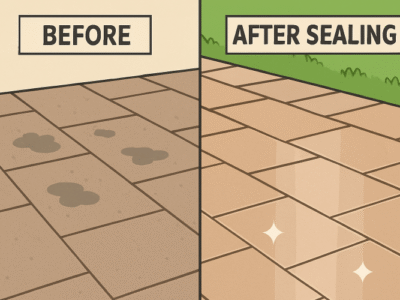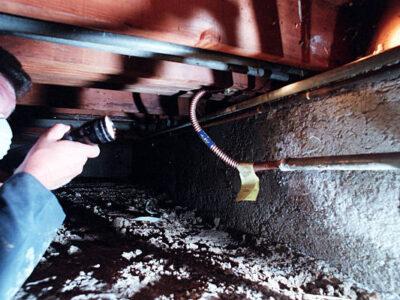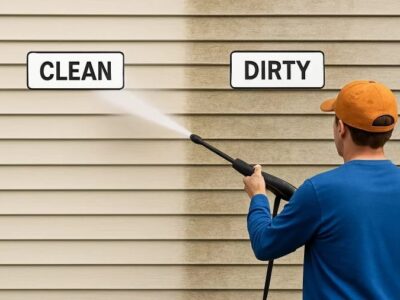Pendant lighting fixtures are a popular choice for adding both style and functionality to various spaces in your home. Whether hanging over your kitchen island, dining table, or in the living room, these lights can make a striking statement while providing essential illumination.
However, to keep your pendant lighting fixtures looking their best and functioning properly, regular maintenance is key. This article will explore essential tips for maintaining your pendant lighting fixtures to ensure they remain a beautiful and functional part of your home décor for years to come.
1. Regular Cleaning
One of the most important aspects of maintaining your pendant lighting fixtures is regular cleaning. Over time, dust, dirt, and grease can accumulate on the surfaces of your fixtures, dulling their appearance and potentially affecting the quality of light they emit.
a. Dusting
For routine cleaning, dust your pendant lights regularly using a microfiber cloth or a feather duster. This will help prevent the buildup of dust and keep your fixtures looking fresh. Be sure to dust not only the light itself but also the cord or chain from which it hangs.
b. Deep Cleaning
For a deeper clean, especially in areas like the kitchen where grease can accumulate, you’ll need to take extra steps. First, ensure that the light is turned off and has cooled down completely. If possible, remove the light bulbs and any detachable parts of the fixture, such as shades or covers. To clean the fixture, use a moist cloth dipped in a light cleaning solution; make sure to avoid touching any electrical parts. For stubborn spots, a mixture of warm water and mild dish soap can be effective. After cleaning, dry all parts thoroughly before reassembling the fixture and turning the light back on.
2. Inspecting for Wear and Tear
Regular inspection of your pendant lighting fixtures is essential to catch any signs of wear and tear early. This can prevent minor issues from turning into major problems that could compromise the safety or functionality of your fixtures.
a. Check the Cord or Chain
Examine the cord or chain that supports your pendant lights. Look for fraying, kinks, or other signs of damage. If you notice any issues, it may be time to replace the cord or chain. Not only does a damaged cord or chain look unsightly, but it could also pose a safety hazard.
b. Examine the Light Bulbs
Light bulbs are an integral part of your pendant lighting fixtures, and they require regular inspection. Check the bulbs for any signs of wear, such as flickering, dimming, or discoloration. Replace any bulbs that are nearing the end of their lifespan to ensure consistent lighting and prevent the risk of a bulb burning out unexpectedly.
c. Inspect the Fixture Itself
Look closely at the fixture for any signs of damage, such as cracks, rust, or corrosion. If you have metal fixtures, make sure to check for rust, especially in humid areas like bathrooms or kitchens. Taking quick care of these problems will help your pendant lights last for longer.
3. Replacing Light Bulbs
Knowing how and when to replace the light bulbs in your pendant fixtures is crucial for maintaining their functionality and appearance.
a. Choosing the Right Bulbs
When replacing bulbs, it’s important to choose the right type for your specific fixture. To guarantee fit, review the manufacturer’s wattage and bulb type recommendations. Think about energy-efficient choices such as LED lights, which use less electricity than conventional incandescent bulbs and last longer.
b. Safe Replacement Process
Always turn off the power to the fixture before attempting to replace a bulb. Allow the old bulb to cool completely before removing it. Use a clean, dry cloth to handle the new bulb, as oils from your skin can reduce the bulb’s lifespan. Screw the bulb in securely, but avoid overtightening, as this could damage the fixture.
4. Maintaining the Aesthetic Appeal
Pendant lighting fixtures are not just functional; they are also a key part of your home’s décor. Maintaining their aesthetic appeal is important to keep them looking as good as new.
a. Polishing and Finishing
Use a suitable polish for metal fittings to keep their brilliance and stop tarnishing. Be sure to use a product that is safe for the type of metal your fixture is made from. For glass or crystal fixtures, a gentle glass cleaner can help keep them sparkling.
b. Updating the Look
Over time, you might find that your pendant lighting fixtures start to look outdated. Instead of replacing them entirely, consider updating the look with new shades or covers. This is an easy and cost-effective way to refresh the appearance of your lights without a major renovation.
5. Adjusting and Repositioning
As your needs or décor change, you may want to adjust the height or position of your pendant lighting fixtures. Knowing how to do this properly can help maintain both their functionality and visual appeal.
a. Adjusting the Height
Your pendant lights’ height may demand you to reduce or extend the cord or chain. Make sure to follow the manufacturer’s instructions carefully to avoid damaging the fixture. Should you lack confidence in your ability, it is advisable to engage a professional electrician.
b. Repositioning for Better Lighting
Sometimes, simply repositioning your pendant lights can enhance the lighting in a room. If your fittings are changeable, try several angles to find the optimum fit for your room. This can help improve both the functionality and ambiance of your room.
6. Safety Considerations
Ensuring the safety of your pendant lighting fixtures is paramount. Neglecting this aspect of maintenance could lead to potential hazards.
a. Electrical Safety
Regularly check the electrical components of your pendant lights, including the wiring and connections. If you notice any signs of damage, such as exposed wires or loose connections, turn off the power immediately and consult a professional electrician. Unless you are quite experienced, never try to solve electrical problems on your own.
b. Weight Support
Make sure your pendant lights’ weight can be supported from the ceiling or surface they are hanging on. Over time, the weight of the fixture can cause stress on the mounting point, leading to potential safety risks. If you’re unsure, have a professional inspect the mounting and reinforce it if necessary.
7. Professional Maintenance and Repairs
While regular cleaning and inspections can go a long way in maintaining your pendant lighting fixtures, there are times when professional maintenance and repairs are necessary.
a. When to Call a Professional
If you encounter any electrical issues, such as flickering lights, frequent bulb burnout, or unusual sounds, it’s best to call a professional electrician. Additionally, if your pendant lights require more complex repairs, such as rewiring or replacing major components, professional assistance is recommended.
b. Scheduled Maintenance
Consider scheduling regular maintenance with a professional to ensure your pendant lighting fixtures remain in top condition. This can help catch any potential issues early and extend the life of your lights.
Maintain Your Pendant Lighting
Maintaining your pendant lighting fixtures doesn’t have to be a daunting task. With regular cleaning, proper inspection, and attention to both functionality and aesthetics, you can keep your pendant lights looking beautiful and working efficiently for years to come.
Whether it’s adjusting the height, replacing bulbs, or calling in a professional for more complex issues, these tips will help you enjoy the full benefits of your pendant lighting fixtures while ensuring they remain a stylish and functional part of your home.
If you want morе еxciting contеnt visit. Globallyviz.com














Comments